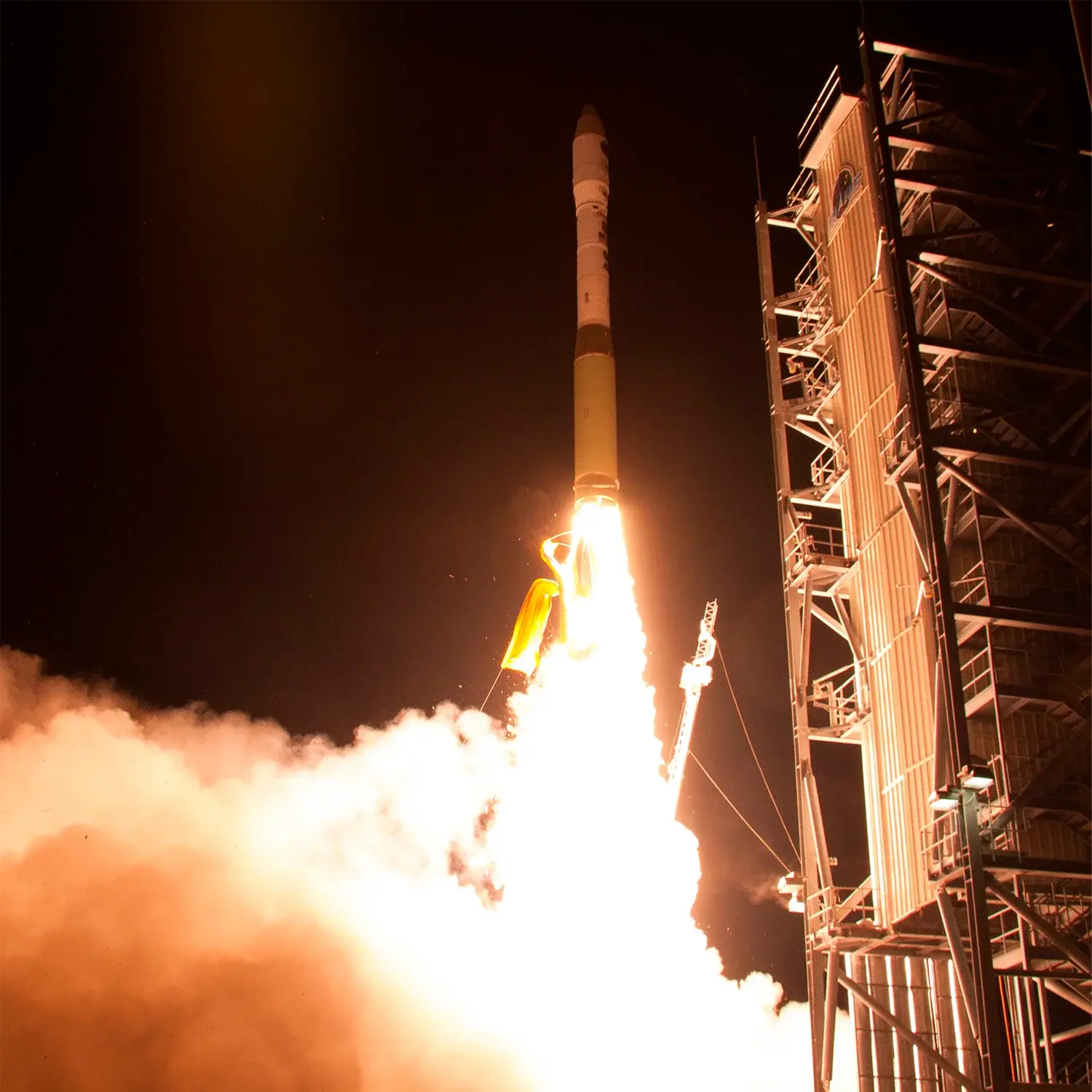TacSat-3, Pharmasat and Others
Launch Success
Liftoff Time (GMT)
23:55:00
Tuesday May 19, 2009
Watch Replay
Official Livestream
Mission Details
TacSat-3
TacSat-3 is a follow-up US minisatellite technology demonstration mission within the ORS (Operational Responsive Space) program of DoD, representing a partnership between three military service branches. The partners include NRL (Naval Research Laboratory), AFRL (Air Force Research Laboratory), DARPA (Defense Advanced Research Projects Agency), the Army Space and Missile Defense Center, and the USAF Space and Missile Systems Center. AFRL is leading the TacSat-3 team- serving as the project integrator. The TacSat-3 mission was selected for specific capabilities to meet user needs, and to demonstrate those capabilities within cost and schedule constraints.
Low Earth Orbit
1 Payload
400 kilograms
Pharmasat
Pharmasat is designed to measure the influence of microgravity upon yeast resistance to an antifungal agent. The yeast cells will be cultivated in 48 independent microwells. Since previous observations indicate that certain microorganisms may become more virulent in space, an antibiotic will be applied at different dosage levels to each microwell to investigate its effectiveness. The results of this work are expected to lead to effective countermeasure development for long-term space travel and habitation.
Low Earth Orbit
1 Payload
5 kilograms
AeroCube-3
This miniature satellite will perform experiments and test various technologies in space including a two-axis Sun sensor and an Earth sensor. During a portion of the mission the satellite will remain tethered to the upper stage of the rocket to study the dynamics of the system under different tether lengths. The second phase of the mission will allow Aerocube 3 to fly untethered and make several Earth observations. The satellite also includes a balloon which will inflate at the end of the mission and reduce the orbital lifetime.
Low Earth Orbit
1 Payload
1 kilograms
HawkSat 1
This is a technology demonstration mission that will test the hardiness of materials to the space environment.
Low Earth Orbit
1 Payload
1 kilograms
CP6
This is a technology demonstration mission consisting of two parts. The first part of the mission will use sensors to determine attitude and use Earth imaging for verification. The second part of the mission will study the effectiveness of a device for collecting electrons from the ambient plasma environment. This technology will have potential application in electrodynamic propulsion systems.
Low Earth Orbit
1 Payload
1 kilograms
Rocket


Agency
NorthropPrice
$40.00 million
Rocket
Height: 19.21m
Payload to Orbit
LEO: 580 kg
Liftoff Thrust
935 Kilonewtons
Fairing
Diameter: 1.27m
Height: 3.79m
Stages
4
Launch Site
Stats
Minotaur I
8th
Mission
1st
Mission of 2009
2009
30th
Orbital launch attempt